Sludge, Odors & Biogas
Activated Sludge Process
Views : 21
Usually dispatched in 2 to 3 days
Usually dispatched in 2 to 3 days
Category:
Sludge, Odors & Biogas
Only logged in customers who have purchased this product may leave a review.
Related books
Sewage Sludge Management In Germany
Introduction
What is sewage sludge?
In Germany, daily water use now reaches 120 litres per person. All of this water ultimately ends up in the sewage system, and from there is channelled to sewage treatment plants. At such plants, the sewage passes through screens and sieves and undergoes mechanical and biological purification,
the goal being to remove impurities from the sewage and to then channel the resulting purified water into waterbodies. The residue of this process is known as
sewage sludge, which can occur in anhydrous, dried or other processed forms.
Sewage Sludge Management In Germany
Introduction
What is sewage sludge?
In Germany, daily water use now reaches 120 litres per person. All of this water ultimately ends up in the sewage system, and from there is channelled to sewage treatment plants. At such plants, the sewage passes through screens and sieves and undergoes mechanical and biological purification,
the goal being to remove impurities from the sewage and to then channel the resulting purified water into waterbodies. The residue of this process is known as
sewage sludge, which can occur in anhydrous, dried or other processed forms.
A Detailed Assessment of The Science and Technology of Odor Measurement
INTRODUCTION
Odors remain at the top of air pollution complaints to regulators and government bodies around the U.S. and internationally. Ambient air holds a mixture of chemicals from everyday activities of industrial and commercial enterprises.
A person’s olfactory sense, the sense of smell, gives a person the ability to detect the presence of some chemicals in the ambient air. Not all chemicals are odorants, but when they are, a person may be able to detect their presence. Therefore, an odor perceived by a person’s olfactory sense can be an early warning or may simply be a marker for the presence of air emissions from a facility. For whatever reason, it is a person’s sense of smell that can lead to a complaint. When facility odors affect air quality and cause citizen complaints, an investigation of those odors may require that specific odorants be measured and that odorous air be measured using standardized scientific methods. Point emission sources, area emission sources, and volume emission sources can be sampled and the samples sent to an odor laboratory for testing of odor parameters, such as odor concentration, odor intensity, odor persistence, and odor characterization. Odor can also be measured and quantified directly in the ambient air, at the property line and in the community, using standard field olfactometry practices, e.g. odor intensity referencing scales and field olfactometers.
A Detailed Assessment of The Science and Technology of Odor Measurement
INTRODUCTION
Odors remain at the top of air pollution complaints to regulators and government bodies around the U.S. and internationally. Ambient air holds a mixture of chemicals from everyday activities of industrial and commercial enterprises.
A person’s olfactory sense, the sense of smell, gives a person the ability to detect the presence of some chemicals in the ambient air. Not all chemicals are odorants, but when they are, a person may be able to detect their presence. Therefore, an odor perceived by a person’s olfactory sense can be an early warning or may simply be a marker for the presence of air emissions from a facility. For whatever reason, it is a person’s sense of smell that can lead to a complaint. When facility odors affect air quality and cause citizen complaints, an investigation of those odors may require that specific odorants be measured and that odorous air be measured using standardized scientific methods. Point emission sources, area emission sources, and volume emission sources can be sampled and the samples sent to an odor laboratory for testing of odor parameters, such as odor concentration, odor intensity, odor persistence, and odor characterization. Odor can also be measured and quantified directly in the ambient air, at the property line and in the community, using standard field olfactometry practices, e.g. odor intensity referencing scales and field olfactometers.
Activated Sludge Aeration Waste Heat for Membrane Evaporation of Desalination Brine Concentrate: A Bench Scale Collaborative Study
This study examines a potential membrane evaporation process to reduce brine concentrate volume at the San Antonio Water System’s (SAWS) 45.4 million liters per day (MLD) brackish water desalination facility in San Antonio, Texas, which is currently being constructed. This facility is a reverse osmosis (RO) process operating with 90% recovery by blending 37.9 MLD of permeate with 7.6 MLD of bypass water, producing 4.2 MLD of brine concentrate. The brine concentrate residuals are to be disposed of through deep-well injection. The deep-well injection process is anticipated to be expensive due to well-drilling costs and maintenance costs of operating at high injection pressures. Membrane evaporation systems are promising because they are compact systems and they can be used with low grade waste heat energy sources. This study investigates the potential of coupling membrane evaporation with waste heat generated from activated sludge aeration blowers.
Activated Sludge Aeration Waste Heat for Membrane Evaporation of Desalination Brine Concentrate: A Bench Scale Collaborative Study
This study examines a potential membrane evaporation process to reduce brine concentrate volume at the San Antonio Water System’s (SAWS) 45.4 million liters per day (MLD) brackish water desalination facility in San Antonio, Texas, which is currently being constructed. This facility is a reverse osmosis (RO) process operating with 90% recovery by blending 37.9 MLD of permeate with 7.6 MLD of bypass water, producing 4.2 MLD of brine concentrate. The brine concentrate residuals are to be disposed of through deep-well injection. The deep-well injection process is anticipated to be expensive due to well-drilling costs and maintenance costs of operating at high injection pressures. Membrane evaporation systems are promising because they are compact systems and they can be used with low grade waste heat energy sources. This study investigates the potential of coupling membrane evaporation with waste heat generated from activated sludge aeration blowers.
Drinking Water Treatment Plant Residuals Management Technical Report
INTRODUCTION
The U.S. Environmental Protection Agency (EPA) completed a review of discharges from water treatment plants (WTPs). The purpose of this report is to summarize the data collected during this review (principally covered in Sections 2, 3, 9, 10, and 11) and to serve as a technical resource to permit writers (primarily covered in Sections 4 through 8 and Sections 12 and 13). EPA selected the drinking water treatment (DWT) industry for a rulemaking as part of its 2004 Biennial Effluent Limitations and Guidelines Program planning process. EPA is not at this time continuing its effluent guidelines rulemaking for the DWT industry. In the 2004 Plan, EPA announced that it would begin development of a regulation to control the pollutants discharged from medium and large DWT plants. See 69 FR 53720 (September 2, 2004). Based on a preliminary study and on public comments, EPA was interested in the potential volume of discharges associated with drinking water facilities. The preliminary data were not conclusive, and the Agency proceeded with additional study and analysis of treatability, including an industry survey. After considering extensive information about the industry, its treatment residuals, wastewater treatment options, and discharge characteristics, and after considering other priorities, EPA has suspended work on this rulemaking.
Drinking Water Treatment Plant Residuals Management Technical Report
INTRODUCTION
The U.S. Environmental Protection Agency (EPA) completed a review of discharges from water treatment plants (WTPs). The purpose of this report is to summarize the data collected during this review (principally covered in Sections 2, 3, 9, 10, and 11) and to serve as a technical resource to permit writers (primarily covered in Sections 4 through 8 and Sections 12 and 13). EPA selected the drinking water treatment (DWT) industry for a rulemaking as part of its 2004 Biennial Effluent Limitations and Guidelines Program planning process. EPA is not at this time continuing its effluent guidelines rulemaking for the DWT industry. In the 2004 Plan, EPA announced that it would begin development of a regulation to control the pollutants discharged from medium and large DWT plants. See 69 FR 53720 (September 2, 2004). Based on a preliminary study and on public comments, EPA was interested in the potential volume of discharges associated with drinking water facilities. The preliminary data were not conclusive, and the Agency proceeded with additional study and analysis of treatability, including an industry survey. After considering extensive information about the industry, its treatment residuals, wastewater treatment options, and discharge characteristics, and after considering other priorities, EPA has suspended work on this rulemaking.




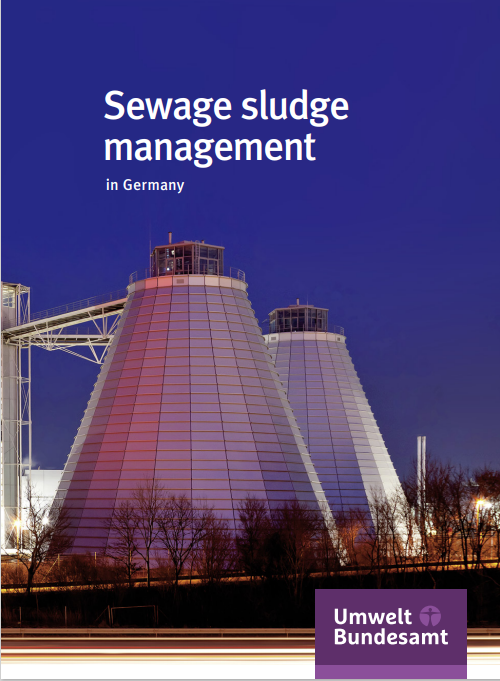

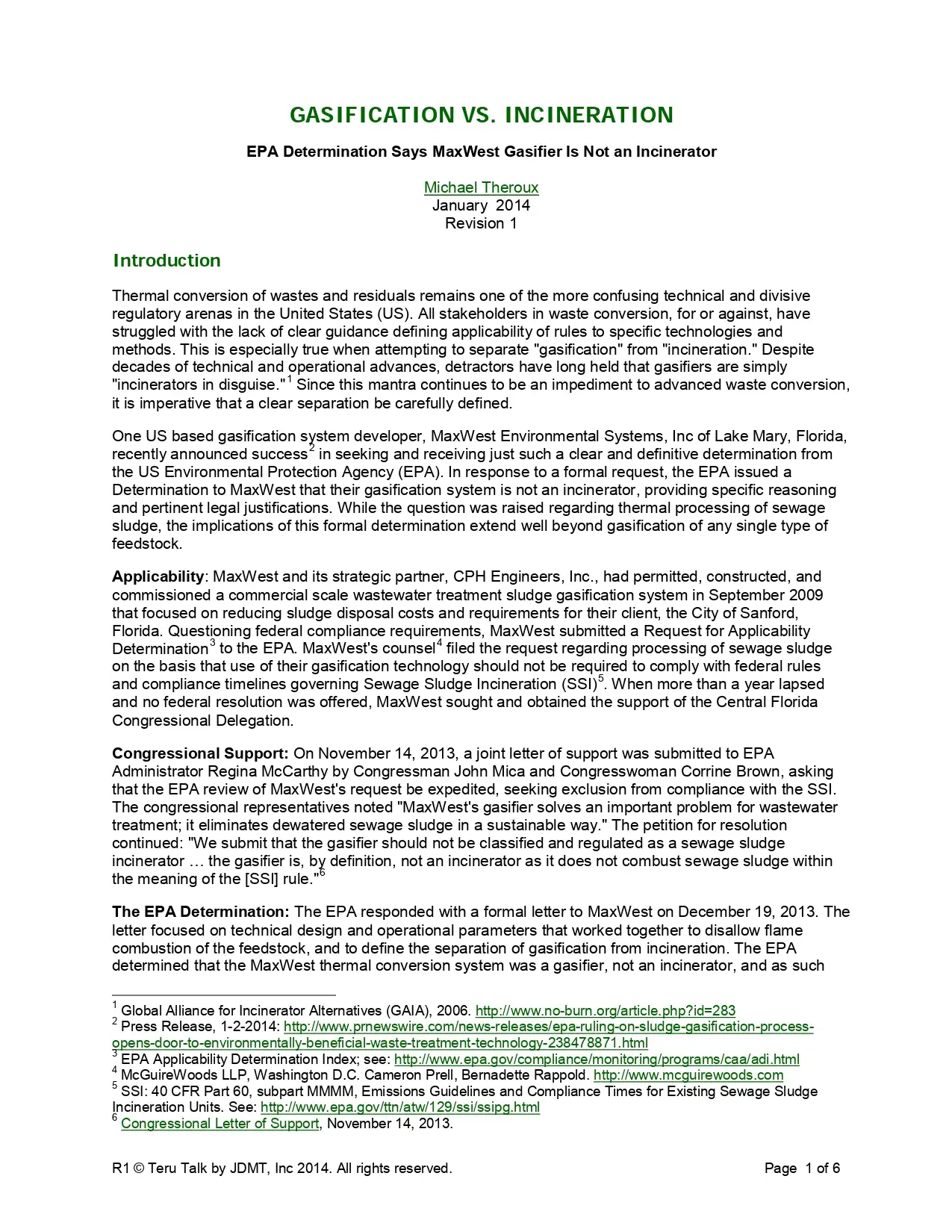

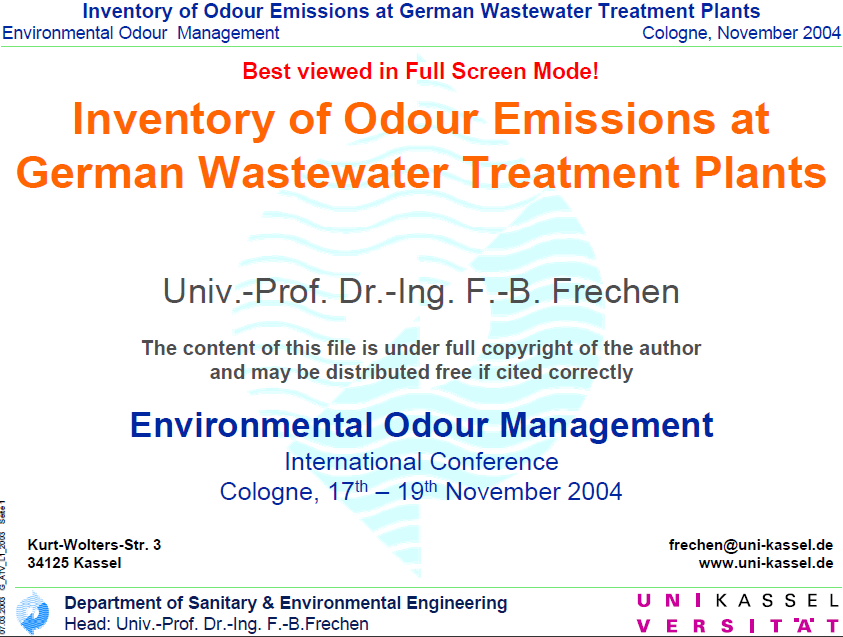
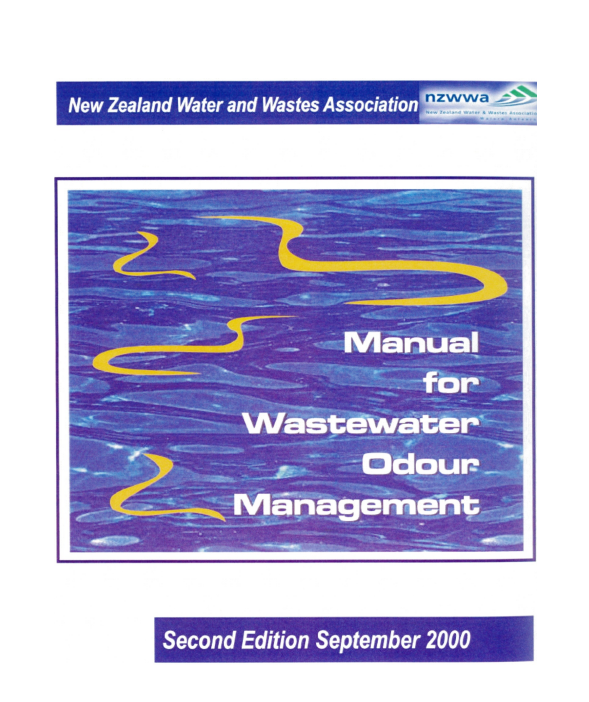

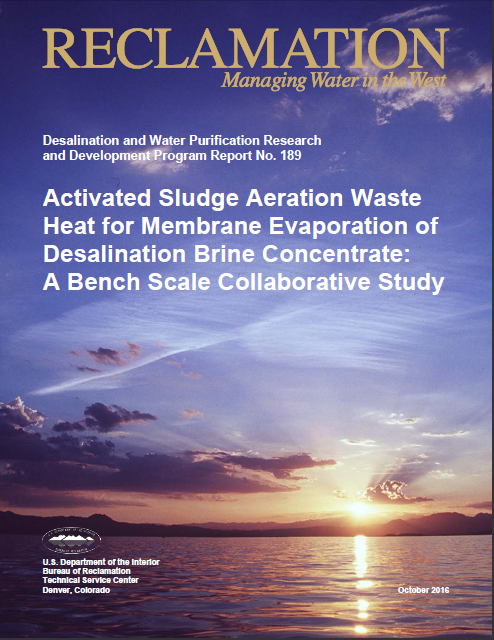



Reviews
There are no reviews yet.